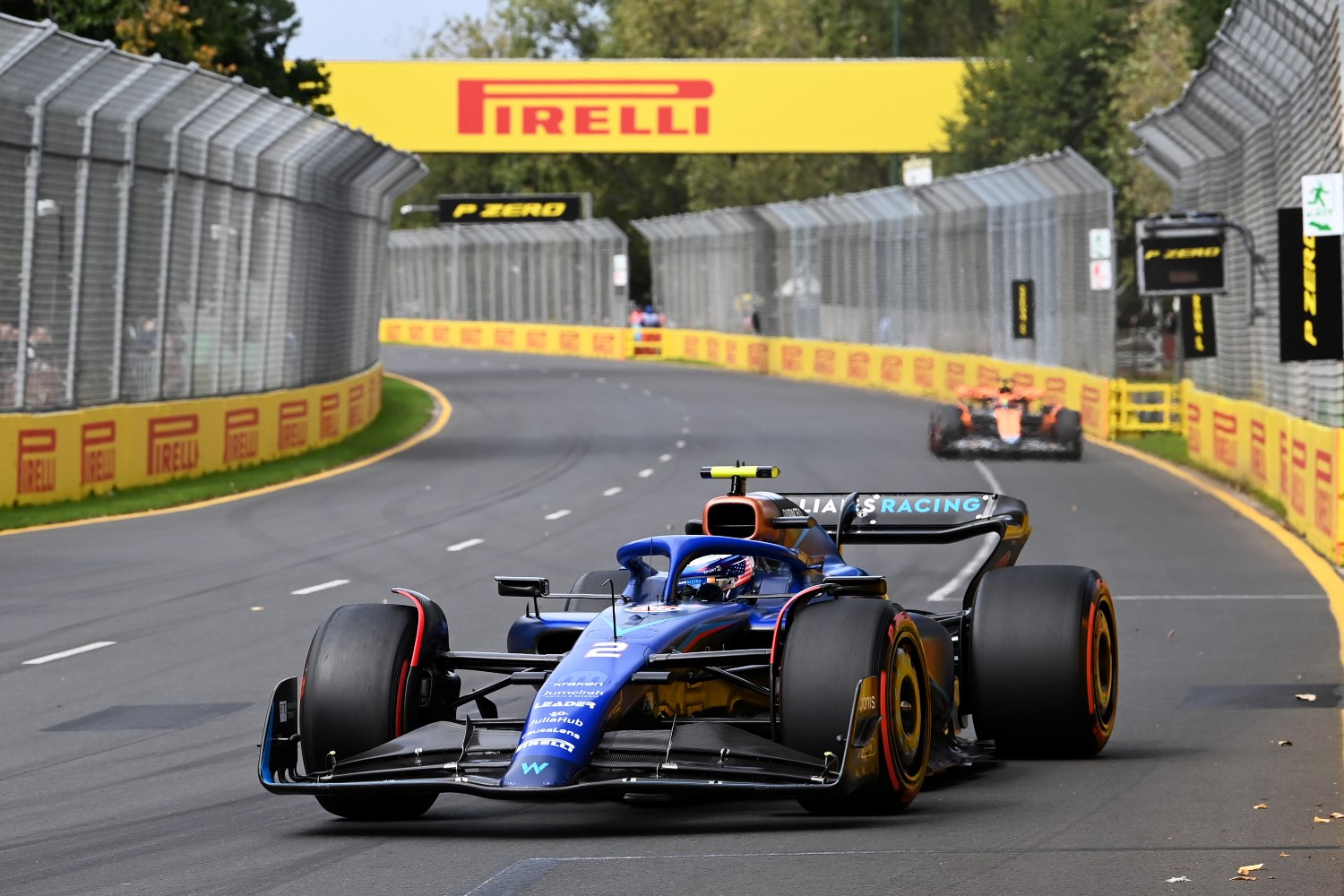F1: Giving you the inside line on Formula 1 terminology
A-Z glossary of some of the most frequently used terms you will hear when tuning in to a Grand Prix weekend.
Aerodynamics – The study of airflow and the interaction between the air and solid bodies, such as an F1 car, moving through it.
Airbox – In addition to serving as a critical part of the car’s roll hoop, an airbox sits above the cockpit and serves as an engine air intake.
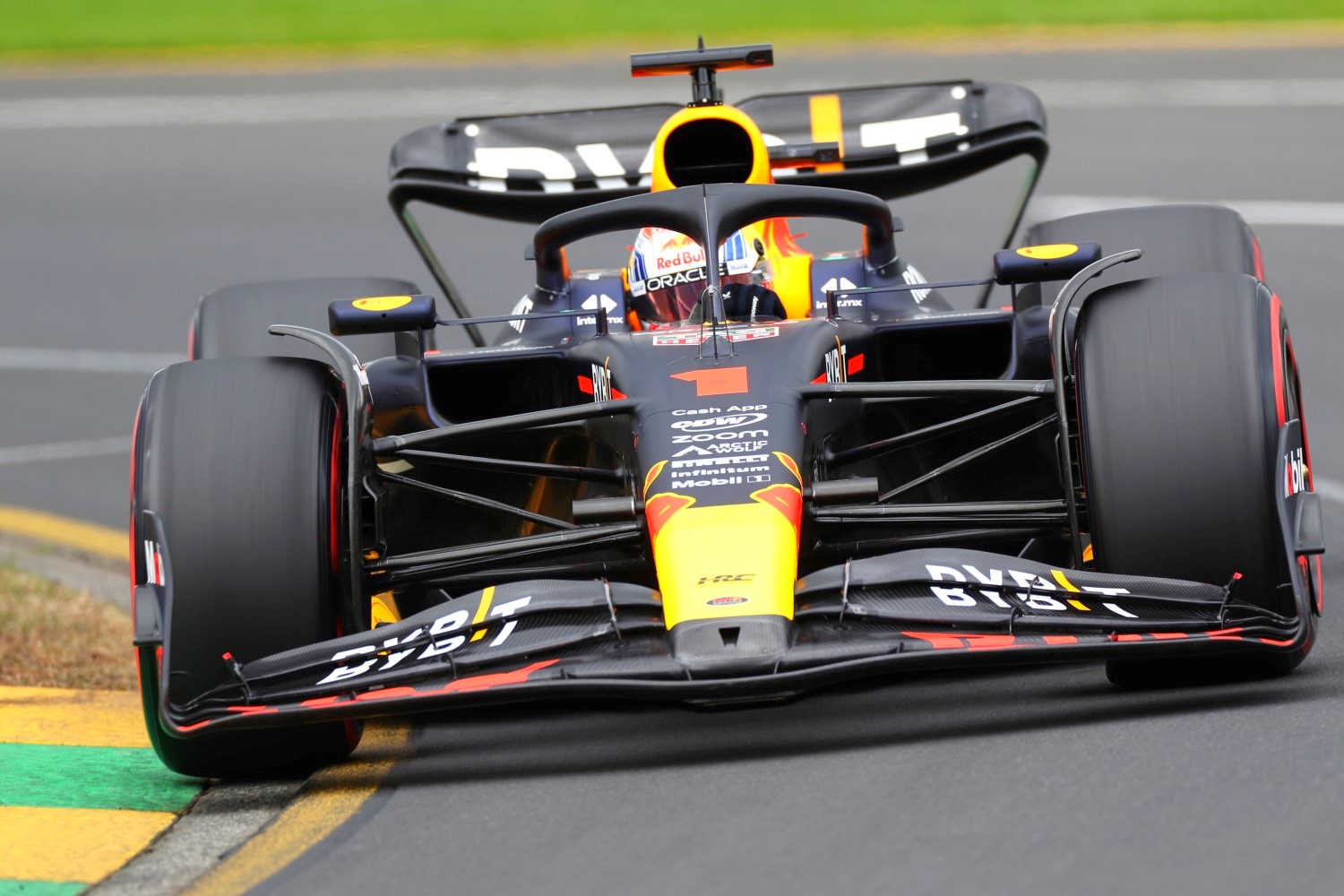
Apex – The midpoint of a corner on a circuit that drivers will aim to hit to secure the fastest possible lap time.
Aquaplaning – The loss of steering and traction as a result of tires skimming over the surface of a wet race track.
Box – Often heard over the team radio, box or ‘box box’ refers to a team’s pit box. Drivers and their engineers will opt for ‘box’ rather than ‘pit’ as it is a more phonetically distinctive word and easier to hear whilst strapped into a machine with an incredibly powerful engine just behind your head.
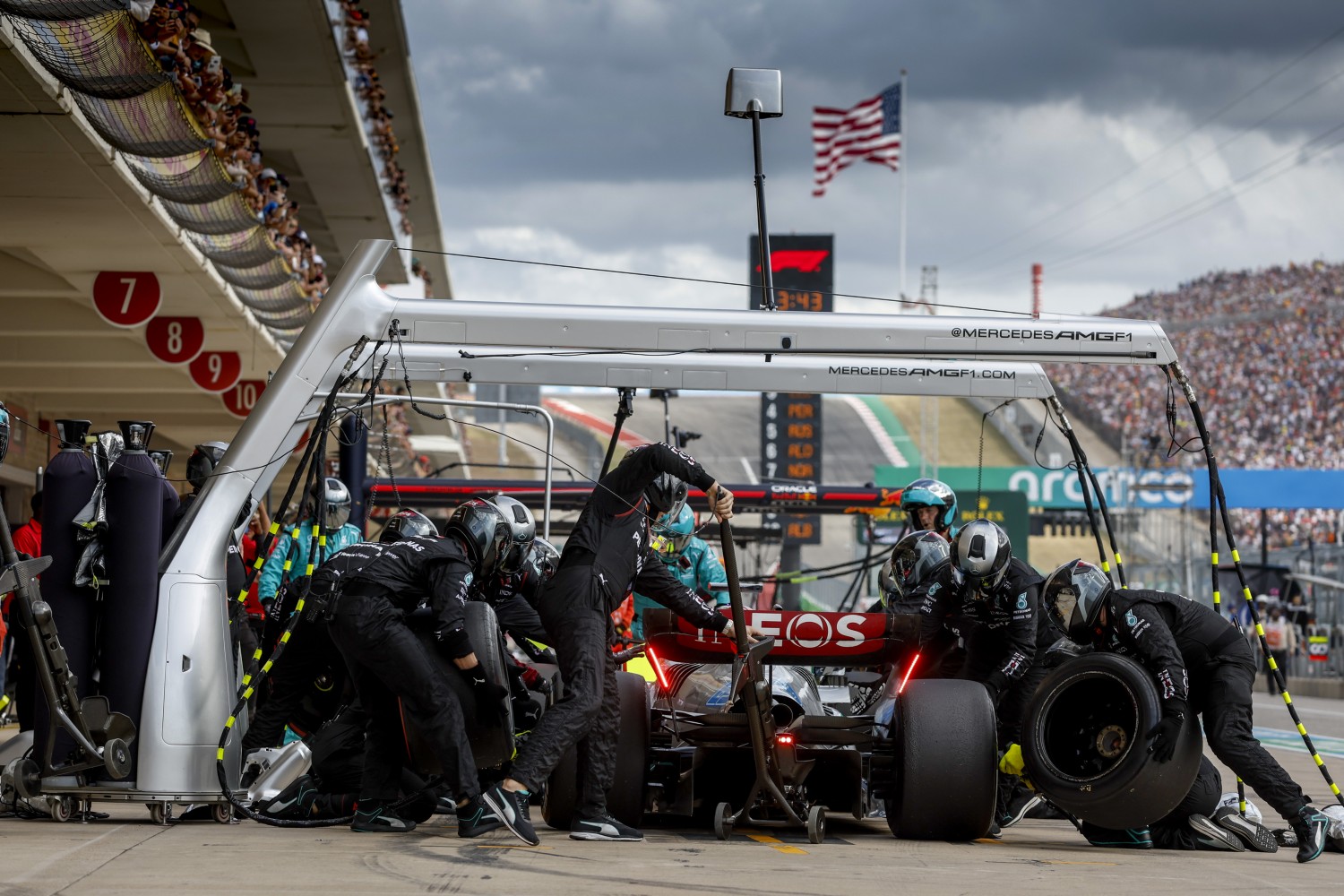
Blistering – Degradation of a tire as a result of overheating, causing the rubber to break apart.
Chicane – A sequence of tight, alternating corners often taken at low speed. Most older circuits had these introduced in the 1990s to help slow cars down before a previously high-speed corner.
Clean air – Non-turbulent air on a race track that allows for optimal racing conditions.
Cockpit – The section of an F1 car where the driver is located.
Cost cap – A financial limit on what a team can spend on its cars across a calendar year, introduced in an attempt to level the playing field.
Dirty air – The opposite of clean air, dirty air is turbulence that follows a car as it punches a hole in the air, making it difficult for the driver behind.
Downforce – An aerodynamic force that can be harnessed by engineers and designers to help stick a car to the track by forcing air downwards to improve its traction.
Drag – The aerodynamic resistance on a car as it punches a hole through the air.
DRS – Drag Reduction System, or DRS, is an adjustable rear wing that can ‘open’ to allow for a higher top speed in predetermined sections of the track. The driver can use their DRS throughout practice and qualifying, but come race day they must be within one second of the car in front to operate it.
ERS – Energy Recovery Systems, or ERS, is a clever piece of technology that harnesses the wasted kinetic energy from the brakes plus the wasted heat energy from the turbocharger to provide added power. An MGU-K (Motor Generator Unit – Kinetic) and MGU-H (Motor Generator Unit – Heat) are found on all Formula 1 cars and are both ERS.
FIA – The Federation Internationale de l’Automobile (FIA) is the governing body of Formula One, as well as a wide range of international racing competitions.
Flat spot – Damage to a car’s tire caused during a period of severe braking. As the tire fails to rotate, the rubber which is touching the circuit will be degraded, creating a flat area to the surface; this can cause extreme vibration and make the car almost undrivable, often forcing the driver to pit for a new set of tires.
Free Practice – Three sessions (two on a sprint weekend) that take place to start an F1 weekend, allowing drivers and teams to acclimatize to the circuit, run different setups and tire compounds as well as test different race scenarios.
Grand Chelem – A rare feat that is achieved by a driver when they take pole in qualifying, lead every lap of the race, record the fastest lap and secure the win. Also known as a Grand Slam.
Green Flag – Displayed to show the driver they are all clear of the yellow flagged area.
Grip – How well a car sticks to the circuit from the traction it is generating, affecting how easy it is for the drivers to stay in control. The grip can change as a tire gets older or in wet conditions.
HALO – Brought in for the 2018 season, the halo is a safety structure that surrounds the cockpit with the sole purpose of protecting the driver. Initially a controversial addition, any negativity has since subsided after several incidents where the halo has been credited with saving the life of the driver.
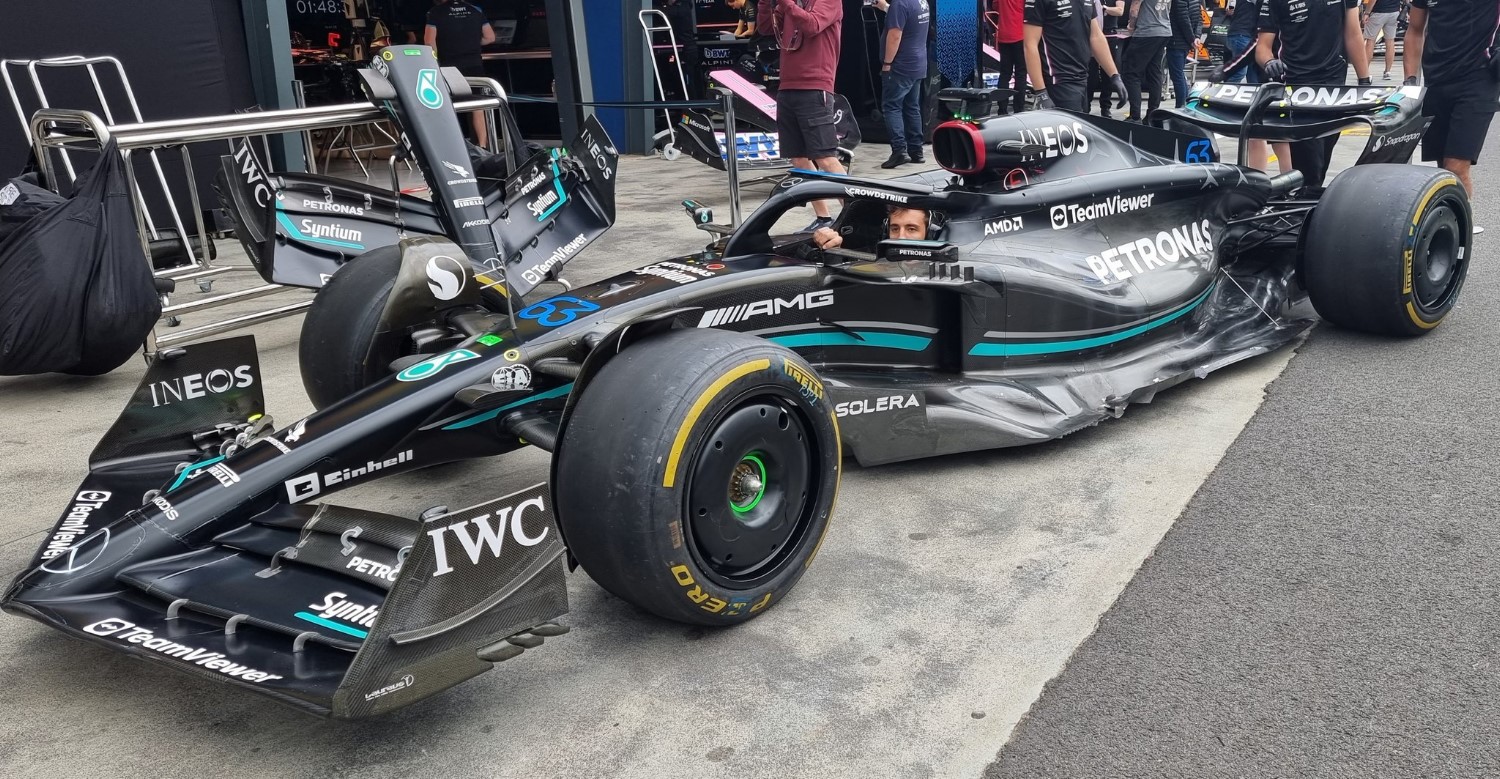
HANS device – Short for Head and Neck Support Device, it is a piece of equipment that rests on a driver’s shoulders and is clipped onto their helmet, to help prevent sudden movements in the head and neck during an impact. They were made compulsory in Formula One before the 2003 season.
Installation lap – The first lap drivers turn when arriving at a circuit, where all key car functions are checked to see if they are working as planned.
Jump start – When a driver moves from his grid spot at the start of the race before the five lights go out, earning them a time penalty.
Kevlar – A lightweight but strong synthetic fiber that is used in the construction of Formula 1 cars. Also called Carbon Fiber
Lock-up – A term used to describe one or more tires ‘locking’ during severe braking whilst the others continue to rotate. A lock-up will often cause a flat spot.
Marbles – As a tire gets older, it degrades and small pieces of rubber will begin to flake off and fall away from the racing line. When a driver is forced to drive on the marbles, it can be slippery as there is less grip.
Nomex – A lightweight, fireproof material that is used to make a driver’s overalls, gloves, boots and underwear.
Overcut – A race strategy that requires a driver to pass the car it is following by pitting later than them, utilizing the clean air that becomes available to set faster lap times before pitting themselves and coming out in front.
Oversteer – When attempting to turn into a corner, the car’s rear end continues to go straight due to a lack of grip. The driver must react and turn into the skid, often by applying an opposite lock to the steering wheel. Also called ‘loose’
Paddock – A restricted area behind the pits that houses the team’s motorhomes, technical staff and media.
Parc Fermé – A French term meaning ‘closed park’ is an area where cars head after qualifying to ensure no maintenance or set-up changes are made ahead of a race.
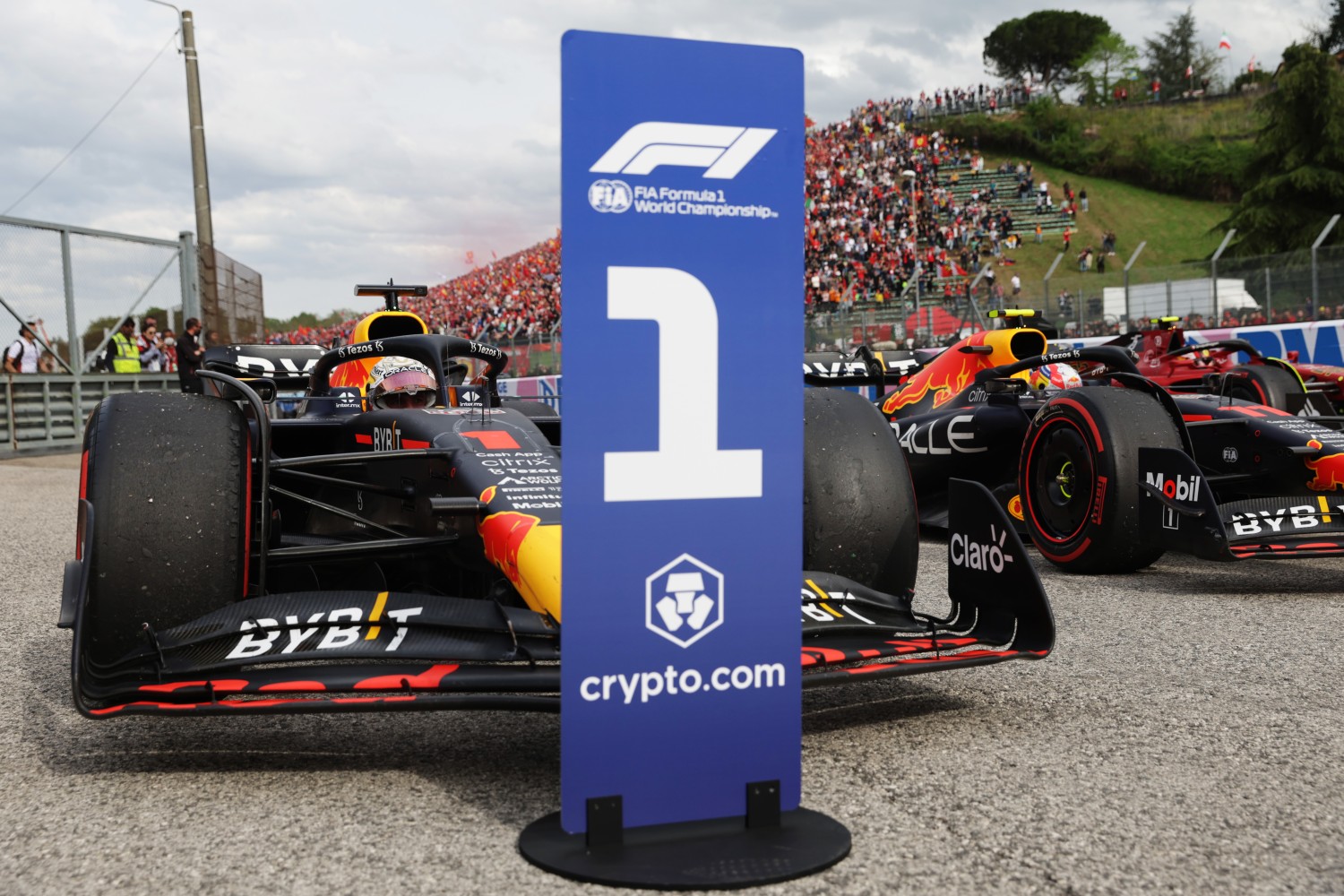
Pits – An area of the track adjacent to the start/finish straight where cars can have tires replaced or non-critical damage repaired during a race. Each team has a garage in the pit for refueling or set-up changes during practice or qualifying.
Podium – Where the champagne, or non-alcoholic equivalent, is sprayed by the top three finishing drivers after a race. We at Williams Racing have celebrated 313 podium finishes to date.
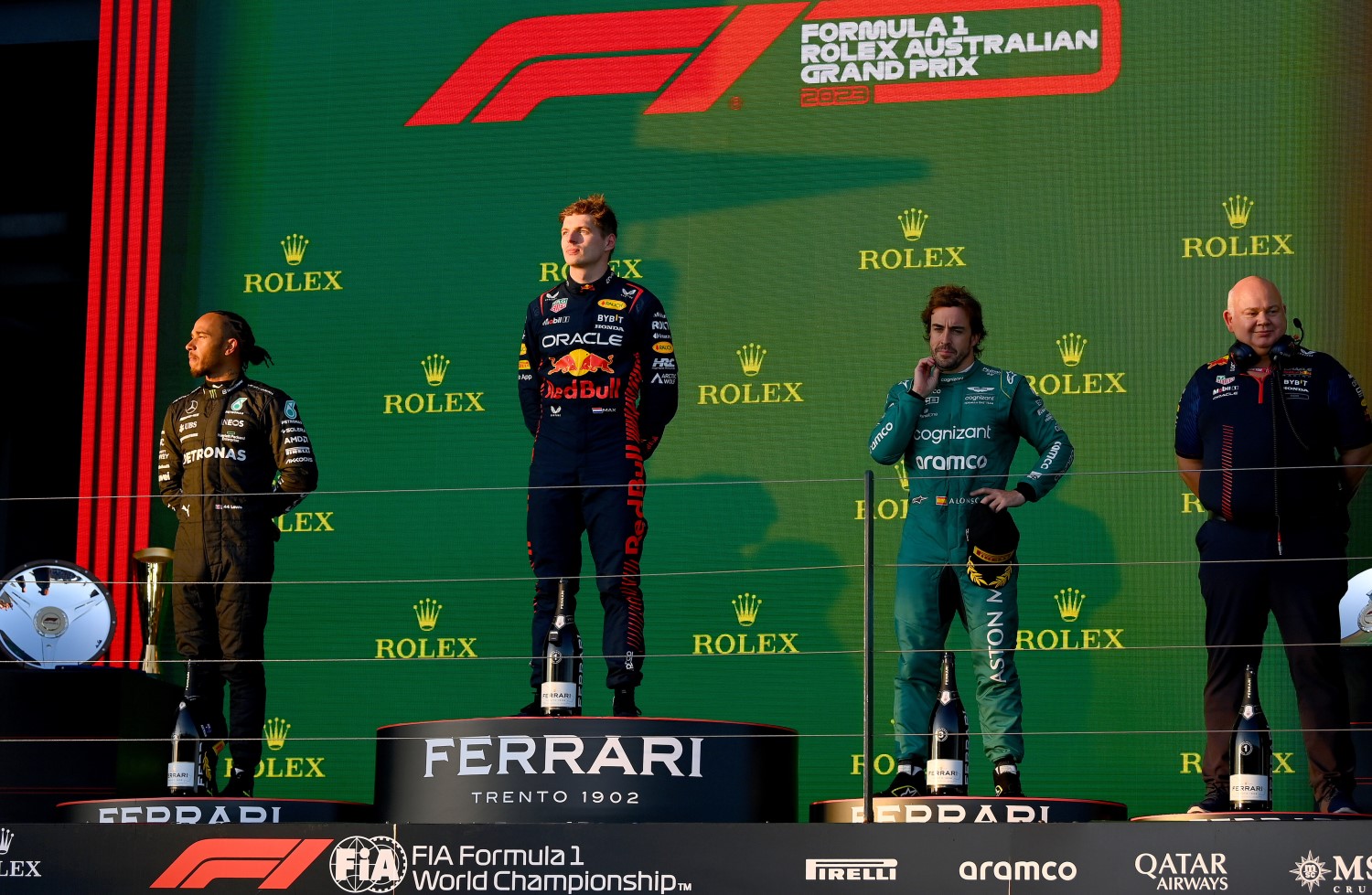
Pole position – The first spot on the grid at the start of the race, secured with the fastest lap time in qualifying, or the winner of a sprint.
Porpoising – Reintroduced into F1 vocabulary during 2022, this is the bouncing effect caused by the increase then sudden decrease of downforce underneath a car. The name comes from the ocean mammal, the Porpoise, which moves through the water.
Qualifying – A three-part, knockout session hosted on a Saturday (or Friday of a Sprint weekend) to determine the starting order for the Grand Prix.
Retirement – When a car is forced to pull out of a session owing to an accident or mechanical failure.
Red Flag – These are shown when a session has been suspended. Drivers should slow down and return to the pits. A session can be red flagged after an on-track incident or by inclement weather conditions.
Safety Car – A vehicle that is brought out to bunch up and control the pace of all the cars when an incident on track requires the race to be neutralized and cars to be slowed.
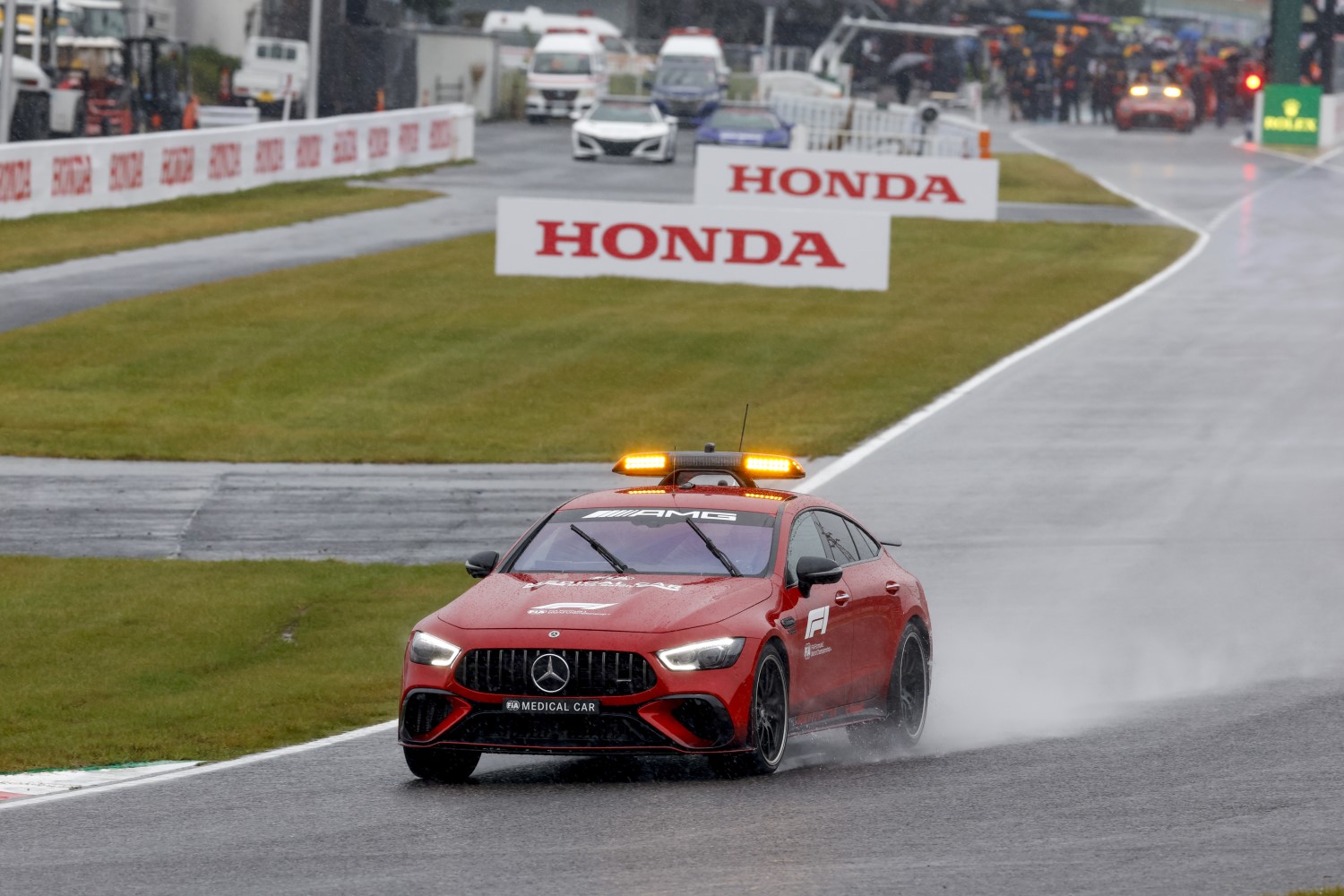
Sidepod – The sculpted bulge in the bodywork either side of the driver, an area that typically houses the radiators for engine cooling.
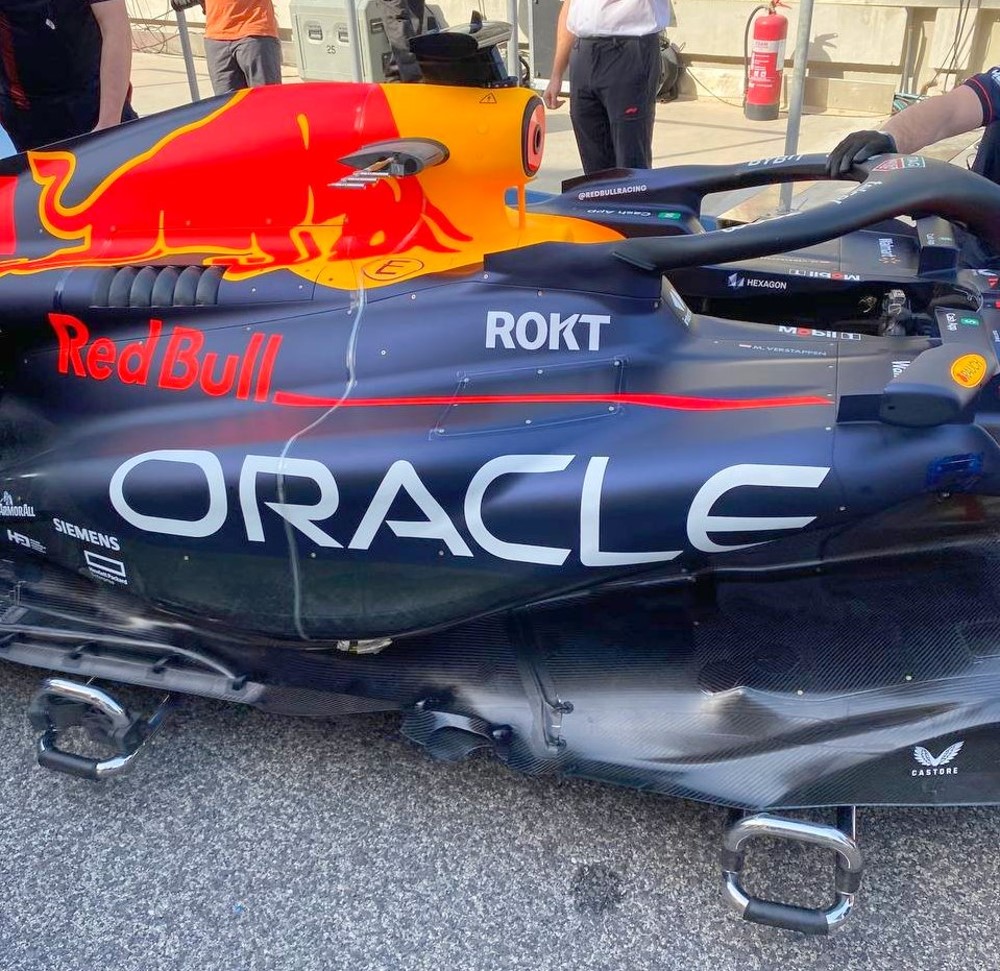
Sprint – A 100km race that sets the grid for Sunday’s Grand Prix at six rounds in 2023 – Azerbaijan, Austria, Belgium, Qatar, USA (Austin) and São Paulo. Points are awarded to the top 8 finishers.
Traction – How a car can turn its engine power onto forwarding progress on the surface of a race track.
Undercut – The opposite of an overcut, a racing strategy to overtake the car in front by pitting before they do and using the fresh tires to set a fast out lap and get the jump on their competitor.
Understeer – When the front of a car does not want to turn into a corner, forcing the driver into a skid. The opposite of oversteer. Called ‘pushing’ or plowing at times
